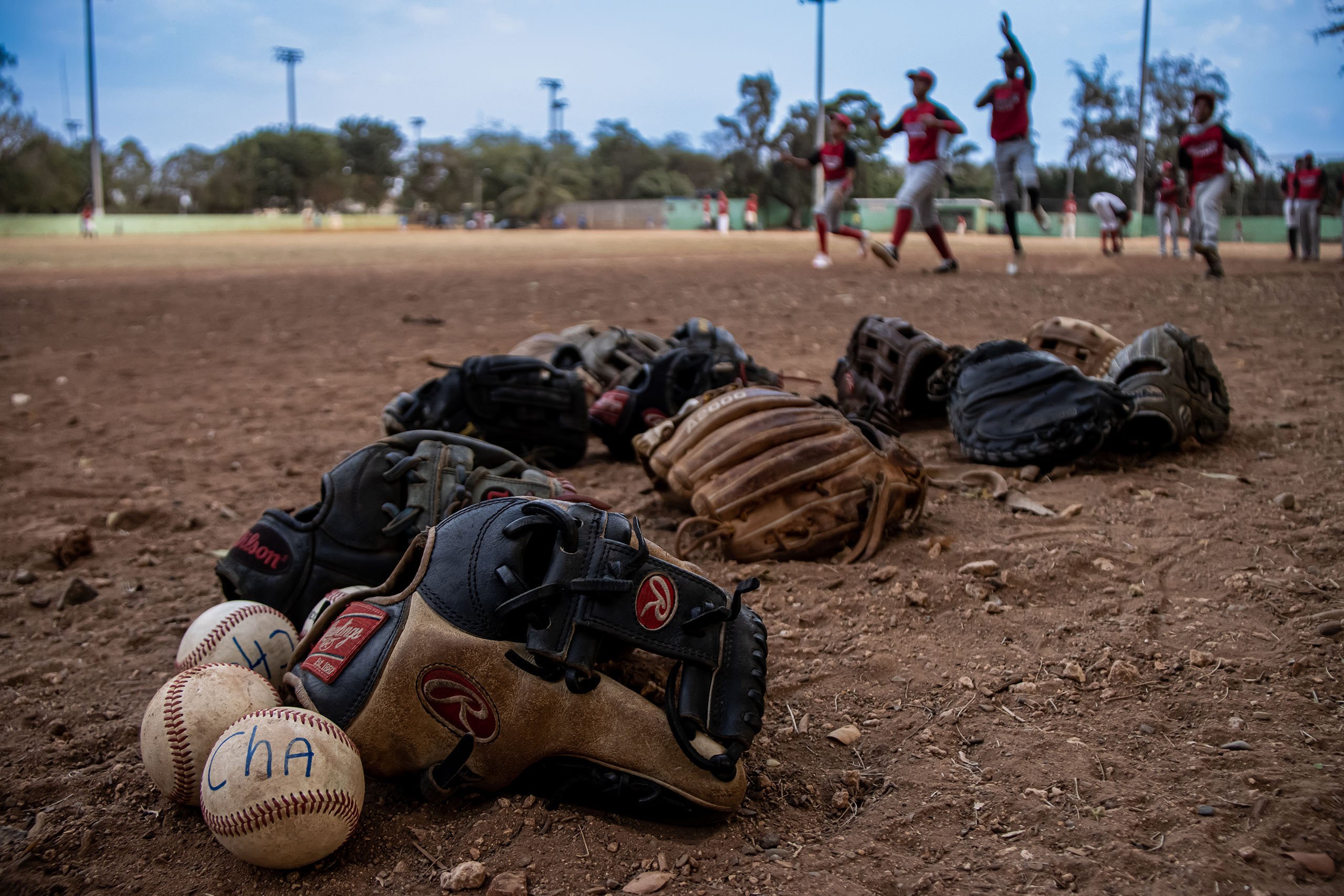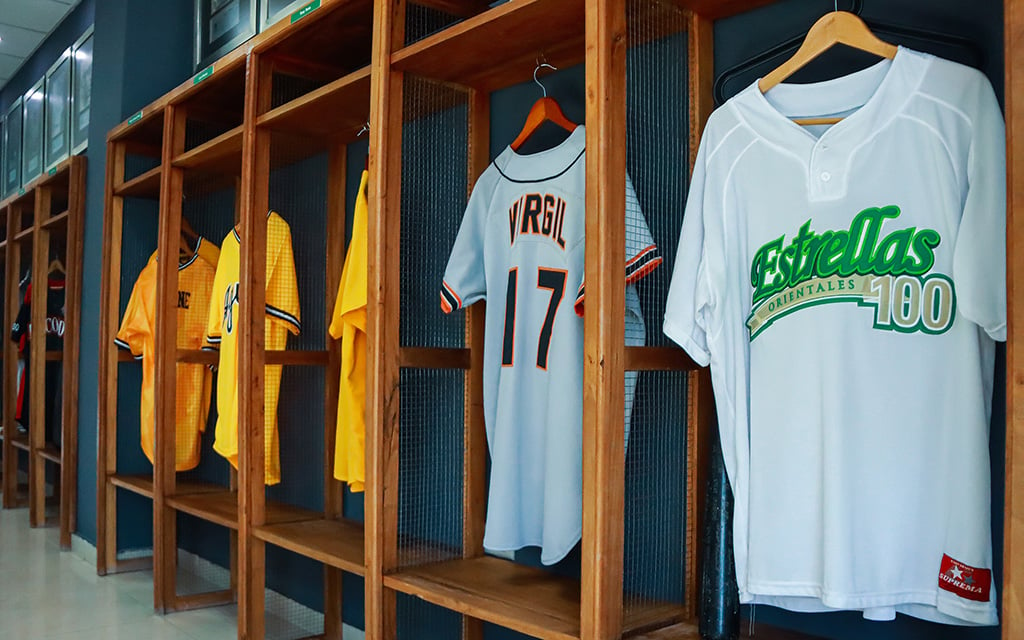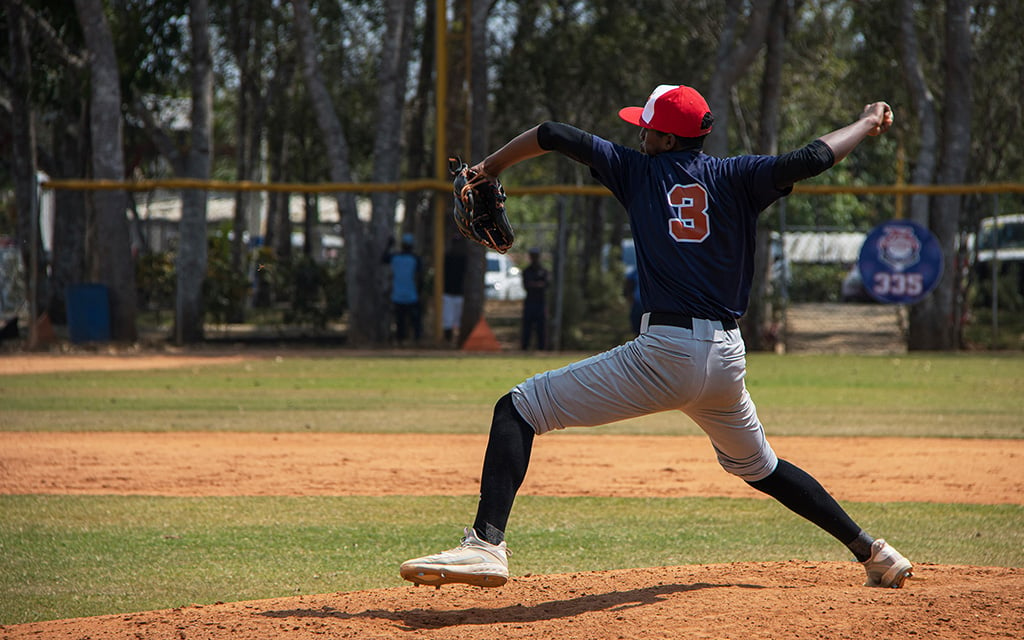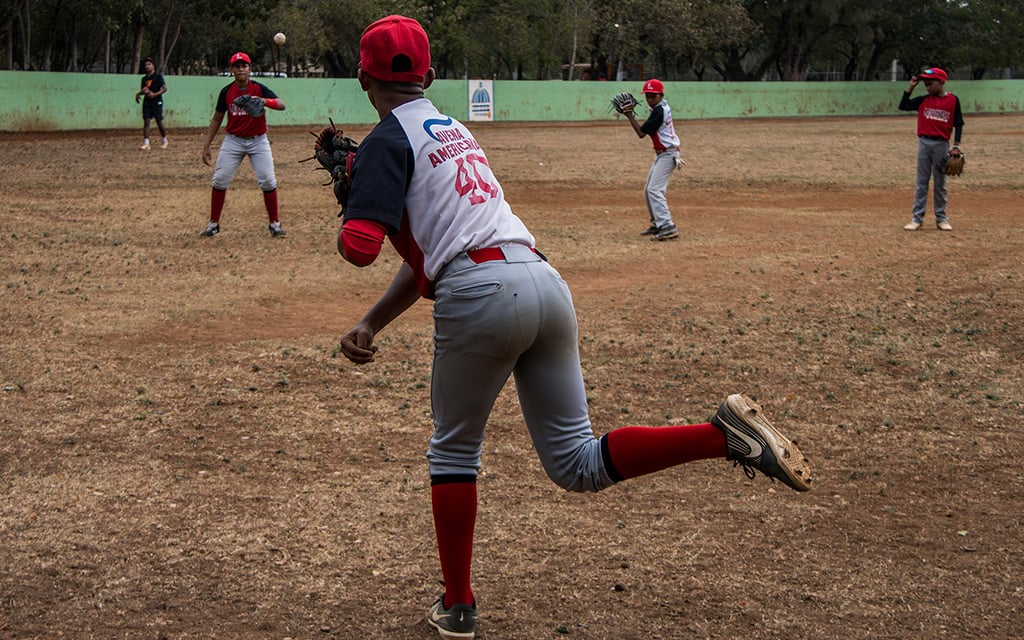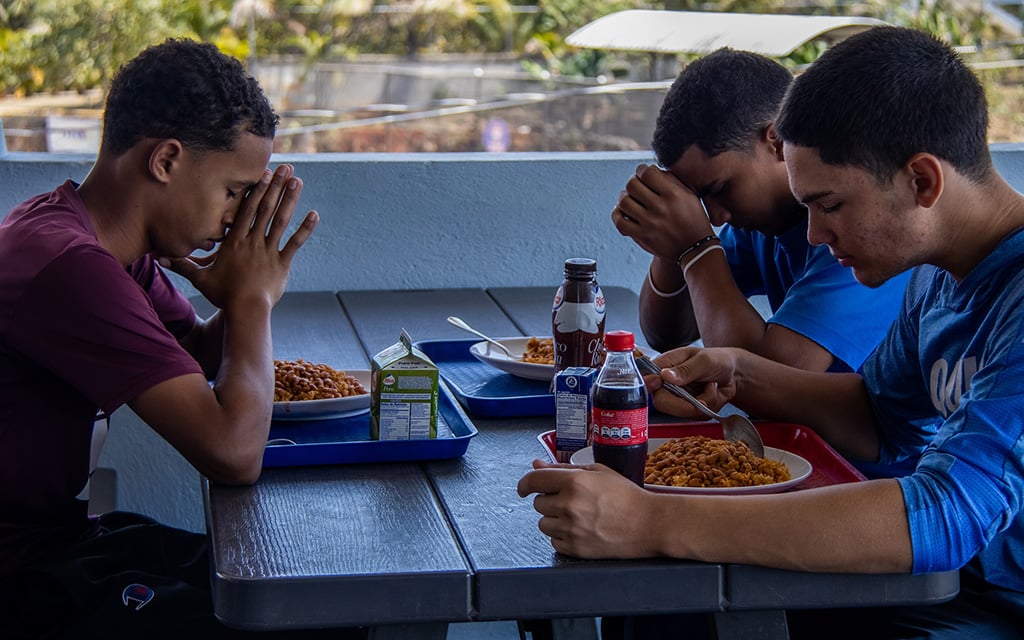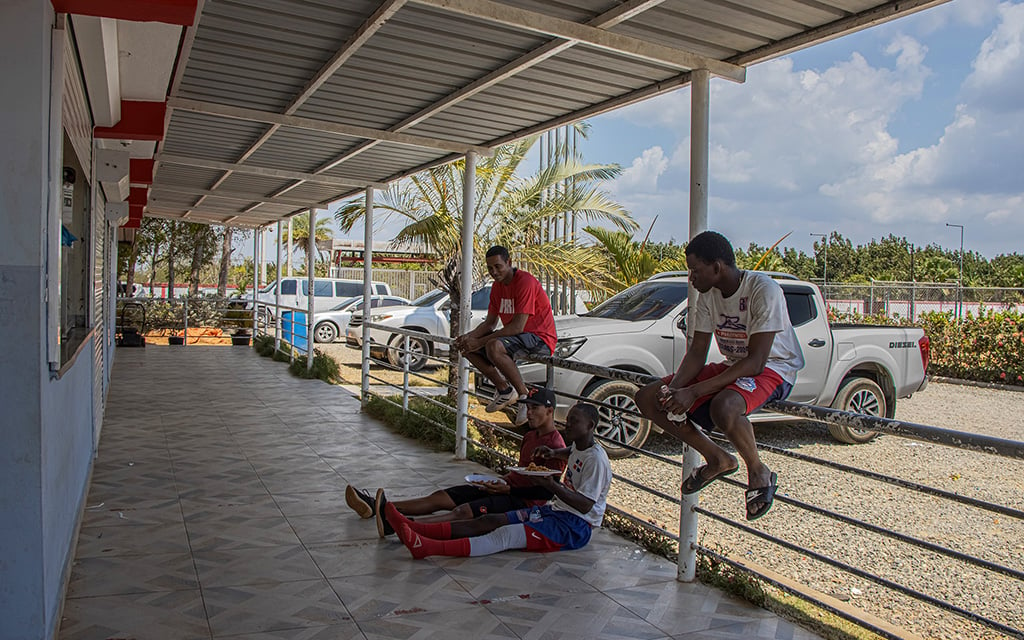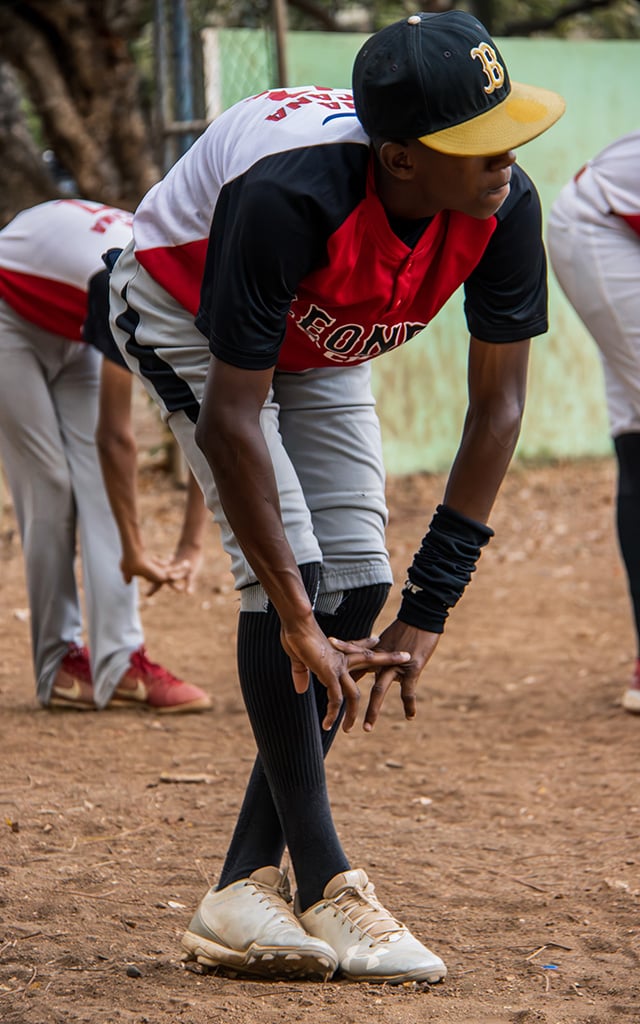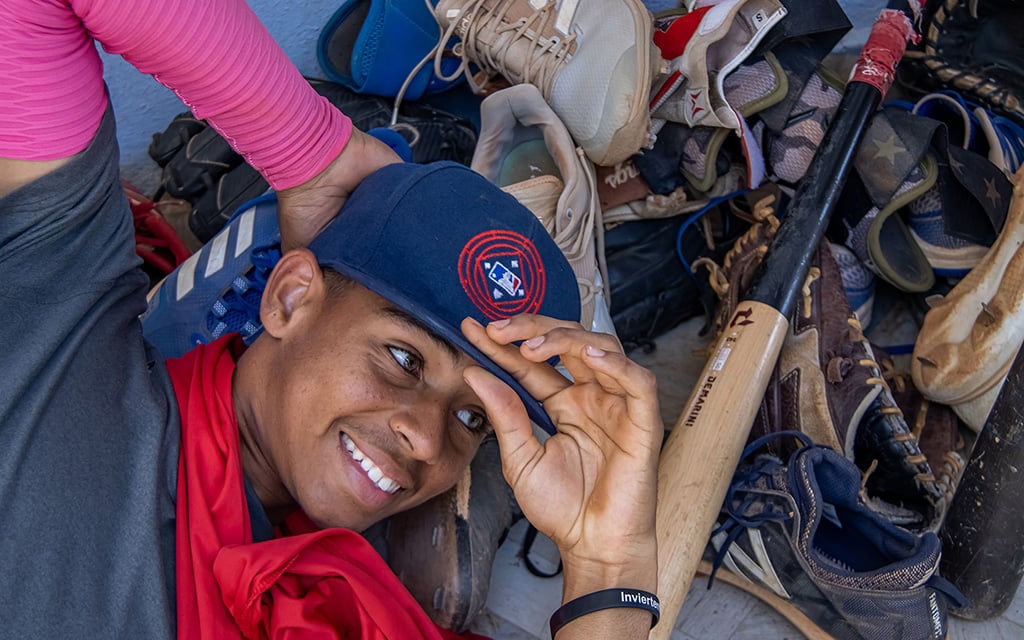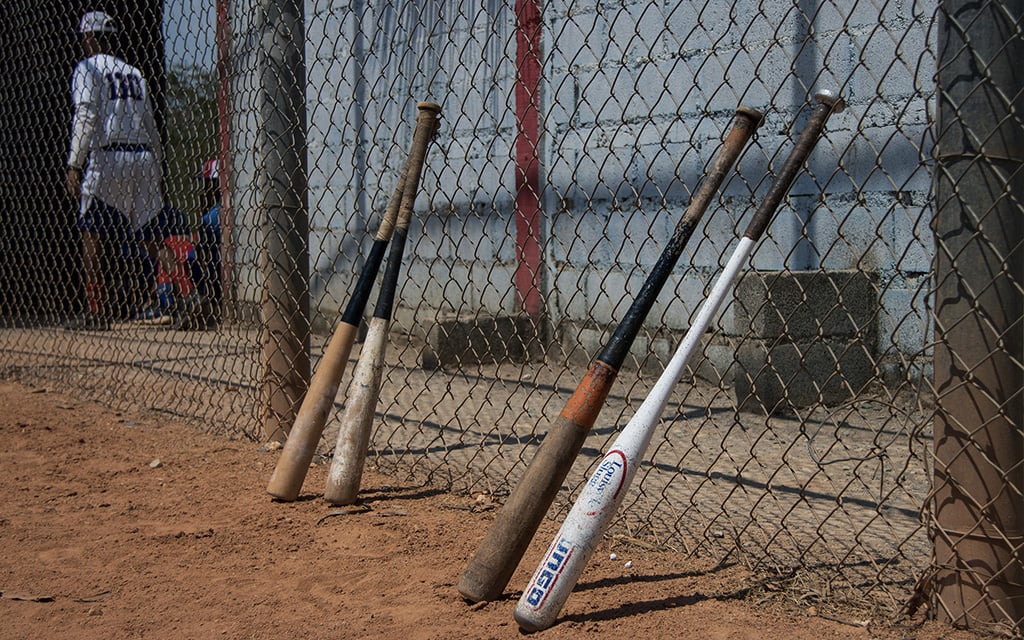The next crop is just as exciting, with players like Julio Rodriguez, Juan Soto and Vladimir Guerrero Jr. building successful careers.
“For me it is everything,” said Aryeli Moises Rojas Polanco, a 13-year-old baseball player from Santo Domingo who dreams of reaching the MLB. “I can’t think of anything else, or any other sport. I love it so much. I watch videos to learn more about it all the time. It’s just everything.”
But baseball is more than just a sport in the Dominican Republic. It’s a point of pride. For many in the country, it gives the small Caribbean island nation an identity on the global stage.
The diamond is often viewed as a path to instant riches – a direct line to securing financial freedom, which is hard to come by in the Dominican Republic. Remittances from baseball players are sent back to the country. Families, just like Rojas Polanco’s, invest in their sons to play the sport with the hopes of big financial returns.
“They have spent their money on me, to see my future … signing,” Rojas Polanco said.
Economic growth in the Dominican Republic has been among the highest in Latin America over the past decade, fueled by tourism and foreign investment. Yet the poverty rate was still 21.8 % in 2020 with 5.6 % of 11.3 million residents living in extreme poverty. A single major league signing bonus can lift the economic prospects of multiple people, not just the player.
This leads to a highly competitive environment, with prospects doing anything and everything they can to stand out to the next scout who will be watching.
‘Baseball is everything’: Culture of the sport in the country
Cristian Bolívar Pimentel Pérez was one of those children who was trying to make it as a professional baseball player. But, like many young Dominican men, Pimentel did not reach his dreams.
Pimentel decided to stay involved with the game in another way. He began coaching the next generation of baseball players.
“Well, this really started very small around 28 years ago … as an academy for young children, which is called Liga Deportiva Pimentel, that is, Pimentel Sport League,” Pimentel said. “There it starts … Twenty years later, then, those children who were developing in my league, we proceeded to transfer them to the academy so that they could finish their development.”
After a year of construction, Pimentel Baseball Academy was born. Since then, it has been the home for many young aspiring MLB players over the years. Eloy Jimenez, who currently plays for the Chicago White Sox, came through Pimentel.
